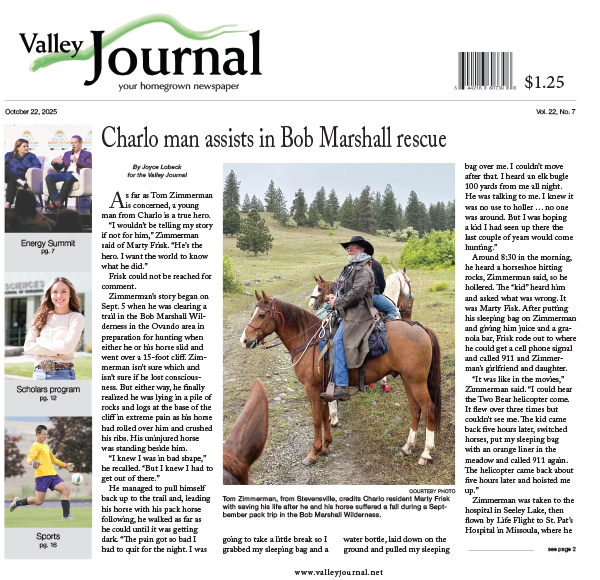Governor Gianforte launches property tax task force
Governor charges task force with providing recommendations to reform the property tax system and reduce burden on property taxpayers
Keep Reading!
You’ve reached the limit of 3 free articles - but don’t let that stop you.
















